Top 15 Fastest-Growing Megacities: What’s Changing?
Populations in the world’s largest cities are expanding at remarkable rates. Although this is a positive trend for their economies, it also makes them vulnerable when confronted with a pandemic.
Nowadays, more people live in urban areas than ever before. Hosting at least 10 million residents each, megacities are the result of rapidly expanding urban areas seeking to accommodate ever-growing populations.
The world’s biggest cities are expanding at an unprecedented rate, with 11 of the 30 biggest cities each adding more than 10 million residents between 1975 and 2014, according to researchers at Birmingham and Sheffield universities in the U.K. Dr. Charlotte Hoole, Dr. Stephen Hincks and Prof. Alasdair Rae discovered striking facts about 30 global, giant urban agglomerations by analyzing the cities’ population growth and density over the past four decades.
The researchers studied Global Human Settlement Layer data, a tool supported by the European Commission and used for assessing human presence on the planet. Using this, they managed to reveal important patterns of population change in the largest cities. “The overall message is that the world is becoming more urban more quickly, so policymakers need to prepare, plan and prevent problems with a careful strategy,” Hoole told Commercial Property Executive.
READ ALSO: CPE’s Coronavirus Coverage
People move to large cities for well-paying jobs, renowned educational institutions or purely for a better quality of life. However, according to the research, the rate of urbanization is often unsustainable and undesirable. According to the United Nations’ New Urban Agenda, rapid and large-scale urban growth can cause major problems in areas such as housing, infrastructure, basic services, food security, education and health. So, if we add a pandemic to the mix, the economic benefits of living in a megacity suddenly start to turn pale.
“Migration towards large urban areas is more likely to continue in those economies where the technology is not in place to support remote working or where the macro impact is significant enough to intensify the pressure on marginal business activities,” RICS Chief Economist Simon Rubinsohn said.
What is the fastest-growing megacity?
As of 1975, the most populous of all urban agglomerations was Tokyo, with approximately 23 million residents, followed by Kolkata, India, with nearly 17 million, the research shows. By 2014, there were 12 megacities with a population of 20 million or more and Guangzhou-Shenzhen in China ranked as the most populous.
With more than 46 million residents living in the region, Guangzhou-Shenzhen and the Pearl River Delta area are considered a “megaregion.” Between 1975 and 1990, and again from 2000 to 2014, this urban agglomeration added more than 10 million people. These levels of absolute growth in the global South are in stark contrast to urban population increases in the global West— in the same period, Paris increased its population by only 2 million, New York City by 2.2 million, London by 2.9 million and Los Angeles by 3.6 million.
| No. | Megacity | GHSL population as of 2014 | Population density (per sq. km/0.4 sq. m.) |
|---|---|---|---|
| 1 | Guangzhou–Shenzhen, China | 46,038,400 | 5,620 |
| 2 | Cairo | 37,839,900 | 5,134 |
| 3 | Jakarta, Indonesia | 36,398,800 | 6,051 |
| 4 | Tokyo | 33,744,500 | 6,214 |
| 5 | New Delhi | 27,634,600 | 11,058 |
| 6 | Kolkata, India | 26,865,300 | 5,838 |
| 7 | Dhaka, Bangladesh | 24,833,300 | 9,067 |
| 8 | Shanghai | 24,669,200 | 7,514 |
| 9 | Mumbai, India | 23,413,100 | 13,870 |
| 10 | Manila, Philippines | 22,448,200 | 9,850 |
| 11 | Mexico City | 20,089,700 | 8,233 |
| 12 | São Paulo | 20,021,900 | 8,907 |
| 13 | Beijing | 19,902,000 | 6,641 |
| 14 | Osaka, Japan | 16,531,500 | 4,990 |
| 15 | New York City | 15,186,800 | 3,364 |
Source: European Commission
Megacities in the US
The analysis included two U.S. megacities: New York City and Los Angeles. With massive inland sprawls unfit for development, coastal regions in the U.S. seem to be the biggest beneficiaries of economic development in past decades. As of 2014, the New York City metro had a population of almost 15.2 million residents, accounting for a 17 percent population increase since 1975, according to a University of Birmingham research paper.
More than 14.2 million people lived in the Los Angeles area as of 2014, a 34.2 percent jump since the mid-70s. Despite these increases, the two American metros recorded some of the lowest densities among the 30 megacities—New York City had 3,364 residents per square kilometer (0.4 square miles) and Los Angeles had 2,616.
Although these two American metros are notorious for their traffic and infrastructure issues, they still rank better when compared to Dhaka, Bangladesh, Manila, the Philippines or Shanghai, three megacities that tripled in size between 1975 and 1990, while Bangalore, India and Beijing quadrupled their populations. The research found that Cairo, Kolkata, Guangzhou-Shenzhen, Manila and Shanghai had maximum population densities of 200,000 residents per square kilometer (0.4 square miles). With such impressive figures, infrastructure, long-term planning and significant capital investments are essential, but none of these have reached the required levels in these cities, according to Hoole.
Growth in the face of a pandemic
Despite low population density, when compared to other megacities around the world, New York City has become the American epicenter of the coronavirus outbreak. How this will impact the growth of the city’s population in the long term is hard to tell, since no one can make predictions about the sort of economic recovery that is likely to emerge following the defeat of the disease.
“At this point, there are huge uncertainties about both the duration of the virus and the depth of the macro impact, let alone what follows in its wake. The power and draw of cities are likely to remain strong as we move forward, but the uneven legacy of the coronavirus is likely to be reflected in urban development. The ‘declining cost of distance’ is a theme that may resonate, but my sense is that this may be a stronger influence in the more mature economies where agile office working and e-commerce are more well established,” Rubinsohn explained.
Global economic experts anticipate a deep recession, with a V-shaped recovery being “probably too sanguine,” according to Rubinsohn. Taking into consideration the response of governments and central banks around the world, a U-shaped comeback seems more plausible.
“The nature of cities could change as the size of estates given over to offices diminishes somewhat, as businesses look to build resilience to any further pandemics. Meanwhile, the rise of e-commerce will continue apace, leaving much retail space in need of repurposing,” said Rubinsohn, who expects the gap to be filled by housing, despite it becoming more expensive across the globe, partly because of supply constraints. “This may provide a unique opportunity to shift that dial,” he concluded.

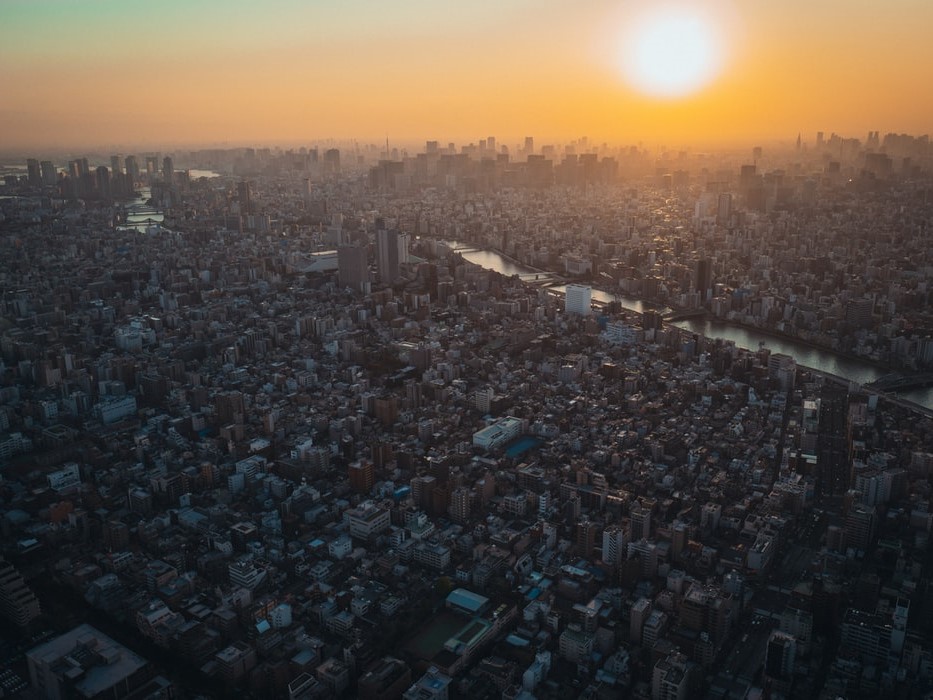
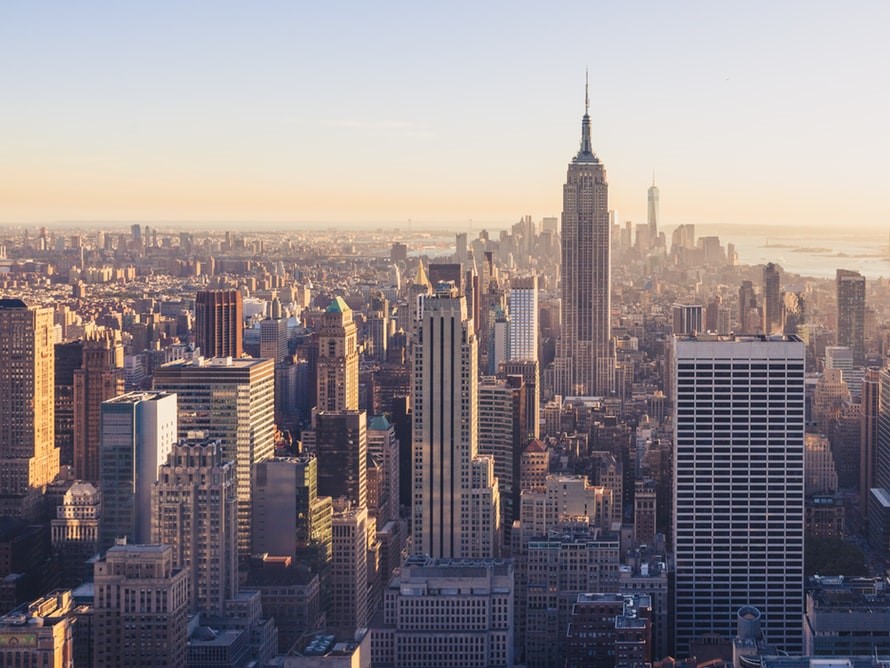
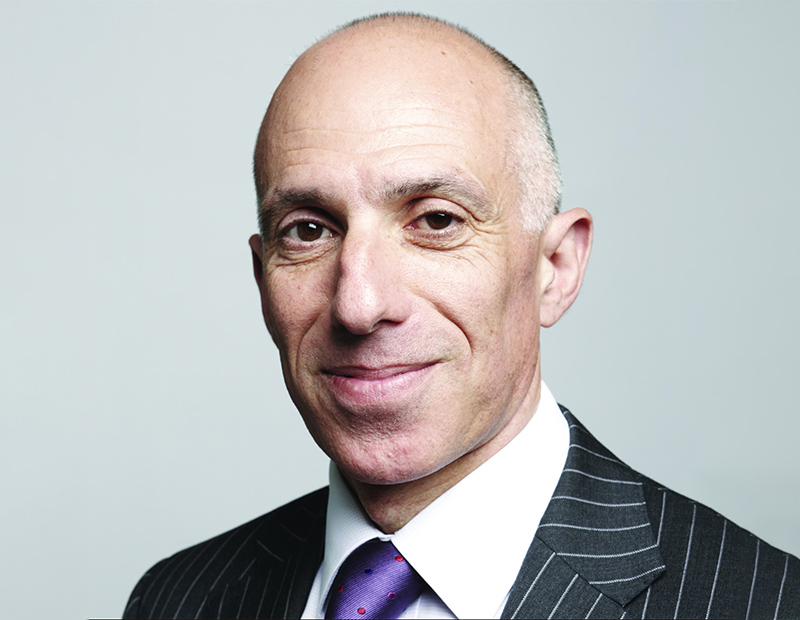

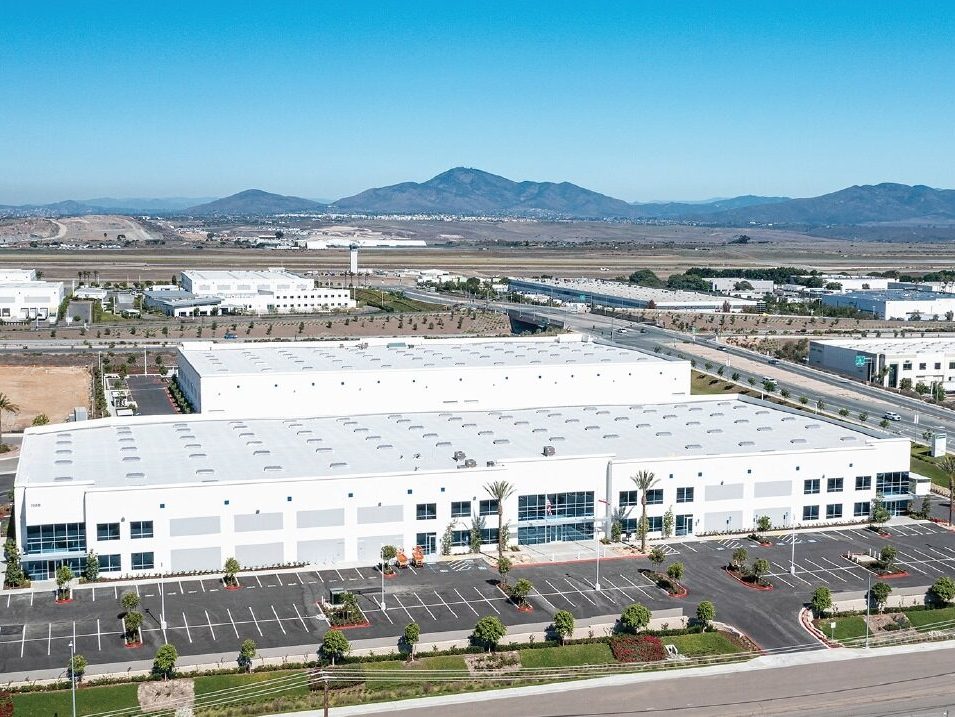
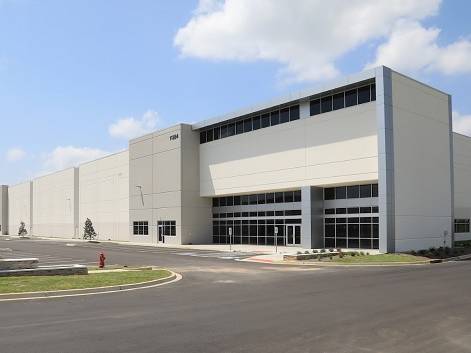

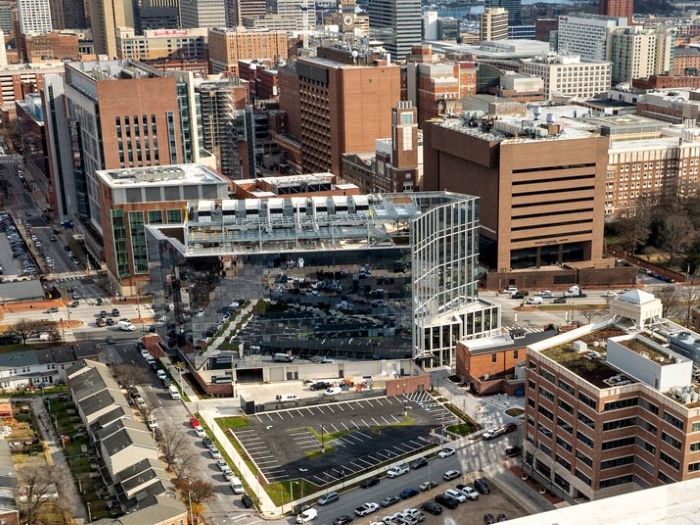
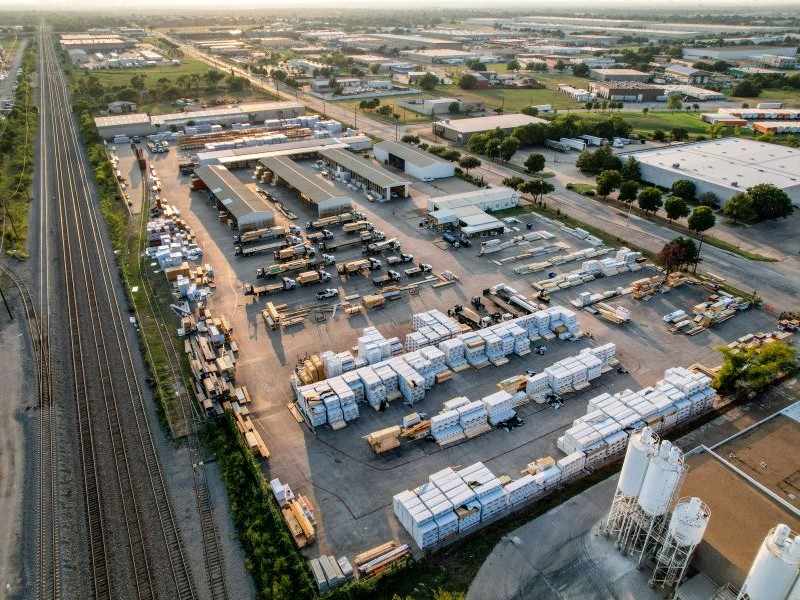
You must be logged in to post a comment.